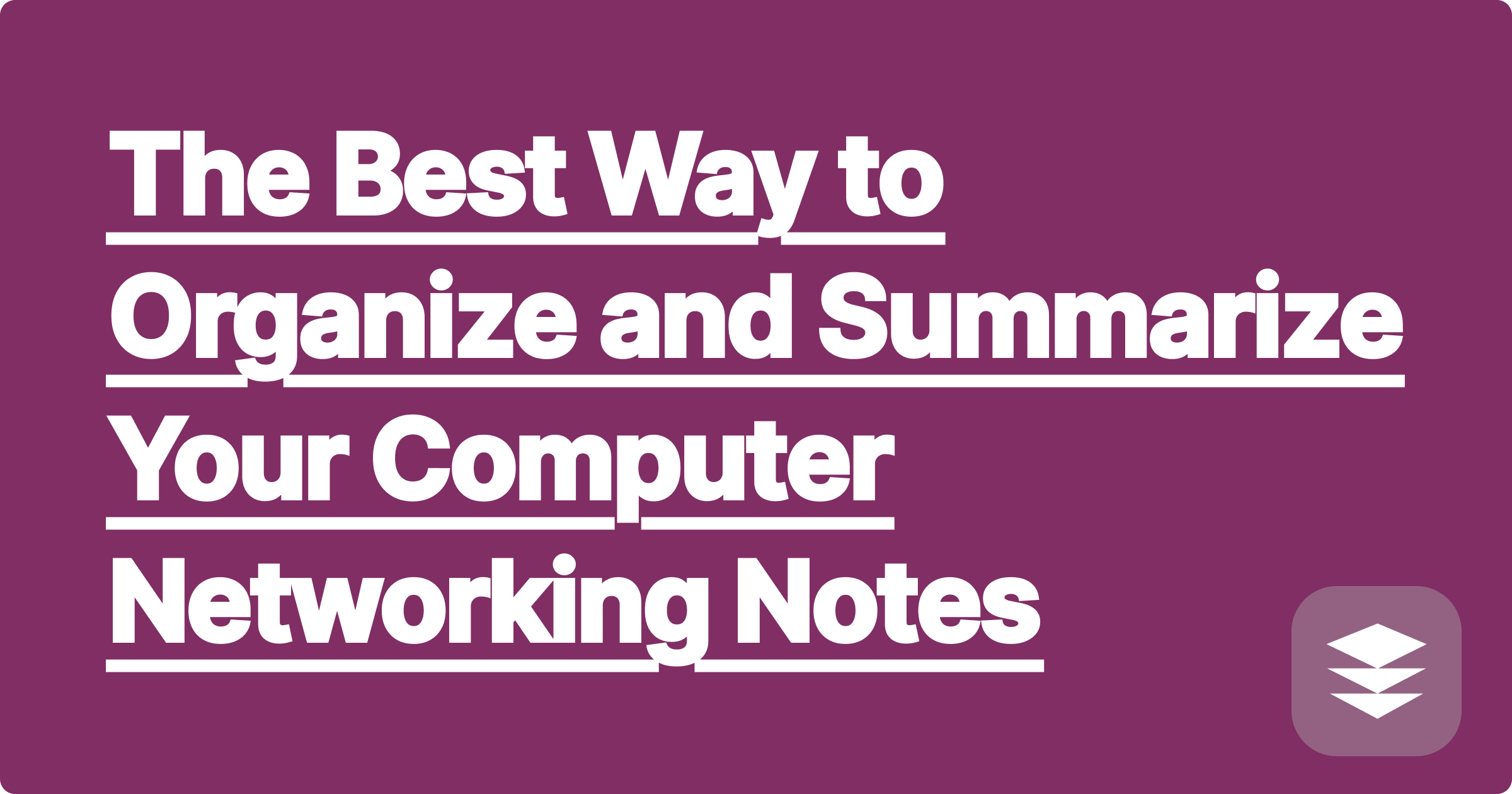
Computer Networking is a fascinating subject that explains how the internet works. At its core are the layered models—the 7-layer OSI model and the 4-layer TCP/IP model. These models are powerful, but also a major source of confusion for students. Memorizing which protocols, devices, and functions belong to which layer is a huge challenge. A well-organized osi model cheat sheet is absolutely essential for success.
Your lecture notes are probably chronological. They follow the professor's lecture, but they don't necessarily present the information in a way that's easy to study. You need a way to deconstruct your notes and rebuild them around the core structure of the layered models. Manually creating a detailed computer networking notes summary is a massive copy-and-paste effort.
An AI-powered tool like GPAI Cheatsheet is the perfect solution. It acts as an intelligent note taker that can understand the hierarchical nature of networking concepts and organize your notes for you.
The Workflow:
[Image: A screenshot from the GPAI Cheatsheet interface showing a neatly organized summary of the OSI model, with each of the 7 layers as a main heading and its protocols and functions listed as bullet points below. Alt-text: An AI-generated OSI model cheat sheet.]
Beyond a text-based cheatsheet, you can use the AI to create visuals.
By structuring your notes in this layered fashion, you are learning the material in a way that mirrors how the network actually functions. This is a far more effective study method than simply memorizing a list of acronyms. It builds a true mental model of the system.
A: Yes. After it generates the summary, you can ask the solver component follow-up questions like, "Create a table that compares and contrasts TCP and UDP, including features like connection-orientation, reliability, and use cases."
A: Highly accurate. This is a well-defined, factual area of knowledge that AI models are exceptionally good at. It can reliably categorize hundreds of protocols to their correct layers in the OSI or TCP/IP models.
Stop trying to memorize a random soup of networking acronyms. Use an AI assistant to organize your notes into the logical, layered structure that defines modern networking. It's the smartest way to build a clear, lasting understanding of how data travels across the world.
[Create your ultimate computer networking study guide today. Try GPAI Cheatsheet and bring order to your notes. Sign up for 100 free credits.]
An AI-Powered Guide to Digital Logic Design and K-Maps
Mastering Your Microelectronics Course with an AI Op-Amp Solver
How to Use AI for Your Chemical Reaction Engineering Calculations
A Smarter Way to Analyze Pedigrees and Genetic Crosses with AI
From Lab Data to Perfect Graphs: Your AI Lab Report Assistant
How to Create the Ultimate MCAT Cheatsheet for Bio & Biochem with AI
Surviving Your FE Exam Prep with an AI-Generated Formula Sheet
How to Solve Your Economics Homework with an AI Graphing Tool
Can AI Help Debug Your Finite Element Analysis (FEA) Model?
The Best Way to Organize and Summarize Your Computer Networking Notes